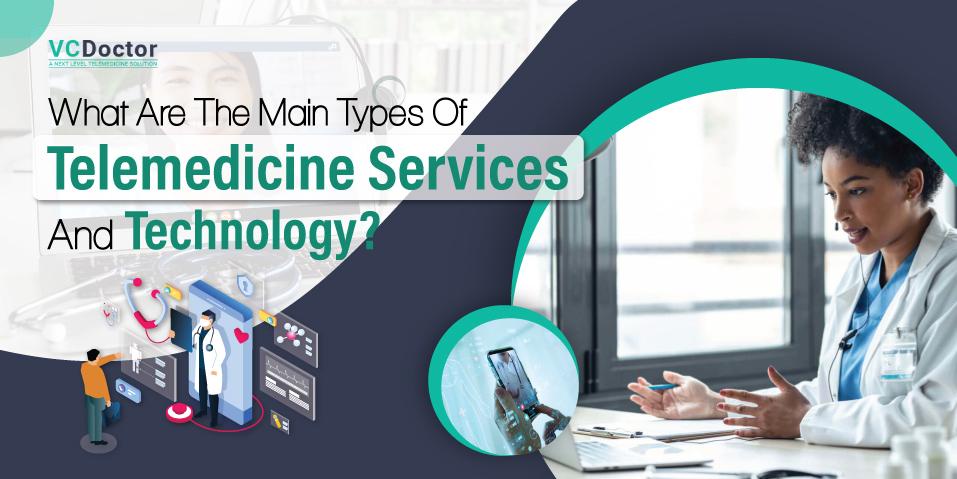Telemedicine is the delivery of healthcare services remotely through the use of technology. This can include virtual consultations, remote monitoring, and online prescriptions.
One of the main advantages of telemedicine is increased access to healthcare for patients in remote or underserved areas. With telemedicine, patients can consult with healthcare providers from the comfort of their own homes, eliminating the need for travel and reducing the risk of exposure to COVID-19.
Telemedicine also allows for more efficient use of healthcare resources. With virtual consultations, healthcare providers can see more patients in a shorter amount of time, and remote monitoring allows for continuous monitoring of patients without the need for frequent in-person visits.
The technology used in telemedicine services includes video conferencing, remote monitoring devices, and electronic health records. Video conferencing allows for real-time consultations between patients and healthcare providers. Remote monitoring devices, such as wearable fitness trackers, can collect data on patients’ health and transmit it to healthcare providers for analysis. Electronic health records allow for the secure storage and sharing of patient health information.
Telemedicine has become increasingly popular during the COVID-19 pandemic as a way to provide healthcare services while reducing the spread of the virus. This has led to an increase in the adoption of telemedicine by healthcare providers and insurance companies, and the trend is likely to continue even after the pandemic is over.
However, telemedicine also has some limitations. For example, it can be difficult to diagnose certain conditions without a physical examination, and some patients may not have access to the necessary technology. Additionally, there are concerns about the privacy and security of patient data.
The main types of telemedicine services are:
- Remote patient monitoring: Allows healthcare providers to monitor patients’ vital signs and medical data remotely.
- Virtual consultations: Allows patients to consult with healthcare providers via video conferencing.
- Store-and-forward: Allows healthcare providers to remotely review medical images and data, such as x-rays and lab results.
- Remote prescribing: Allows healthcare providers to prescribe medications to patients remotely.
The main types of technology used in telemedicine include:
- Video conferencing: Allows for real-time communication between patients and healthcare providers.
- Electronic health record (EHR) systems: Allows for the storage and sharing of patient medical data.
- Remote monitoring devices: Allows for the monitoring of vital signs, such as blood pressure and heart rate.
- Mobile health (mHealth) apps: Allows patients to access medical information and communicate with healthcare providers through their mobile devices.
Overall, telemedicine offers a promising solution to many of the challenges in healthcare delivery, but it is important to consider the limitations and address potential concerns. With the right technology and policies in place, telemedicine has the potential to improve the healthcare experience for patients and providers alike.


No comments yet